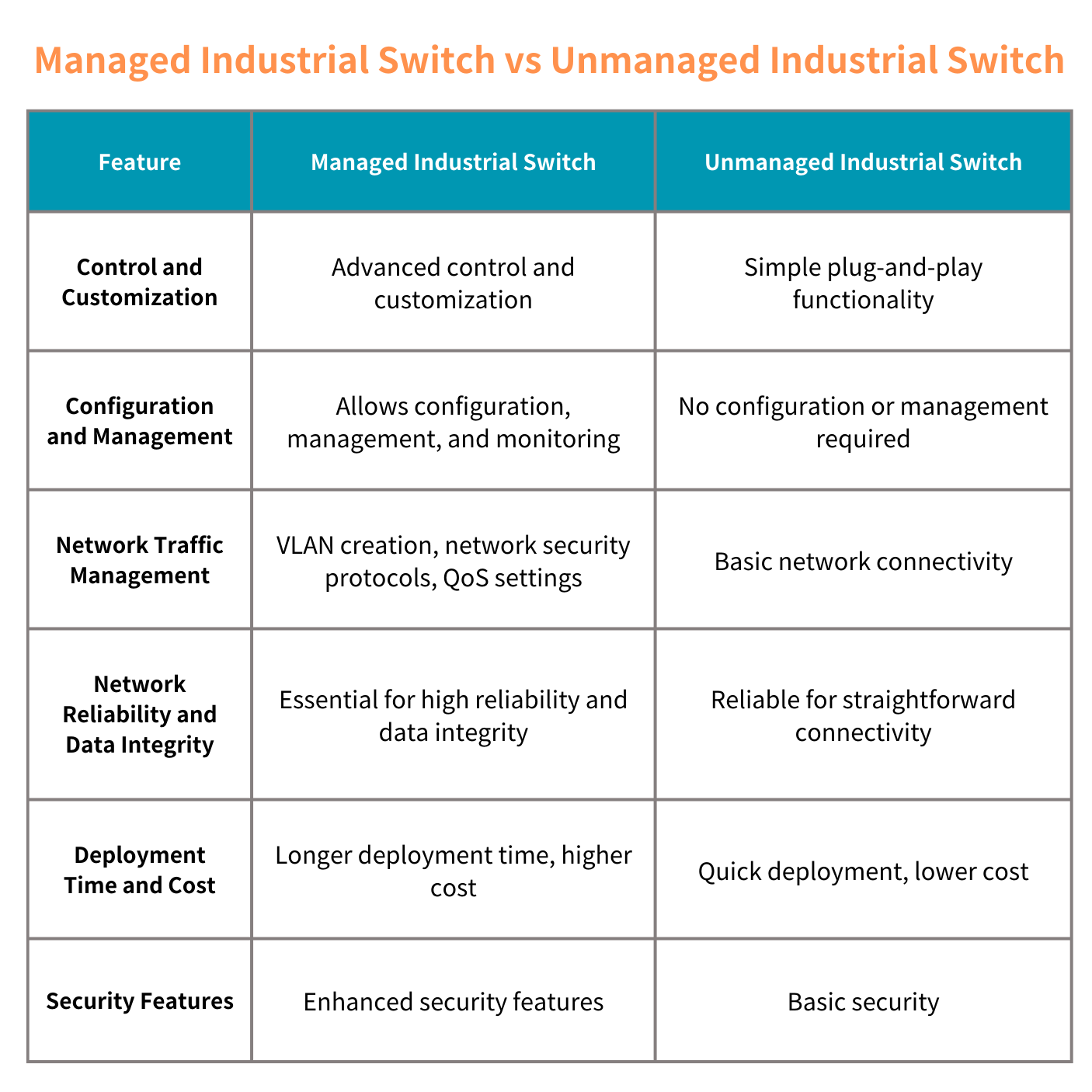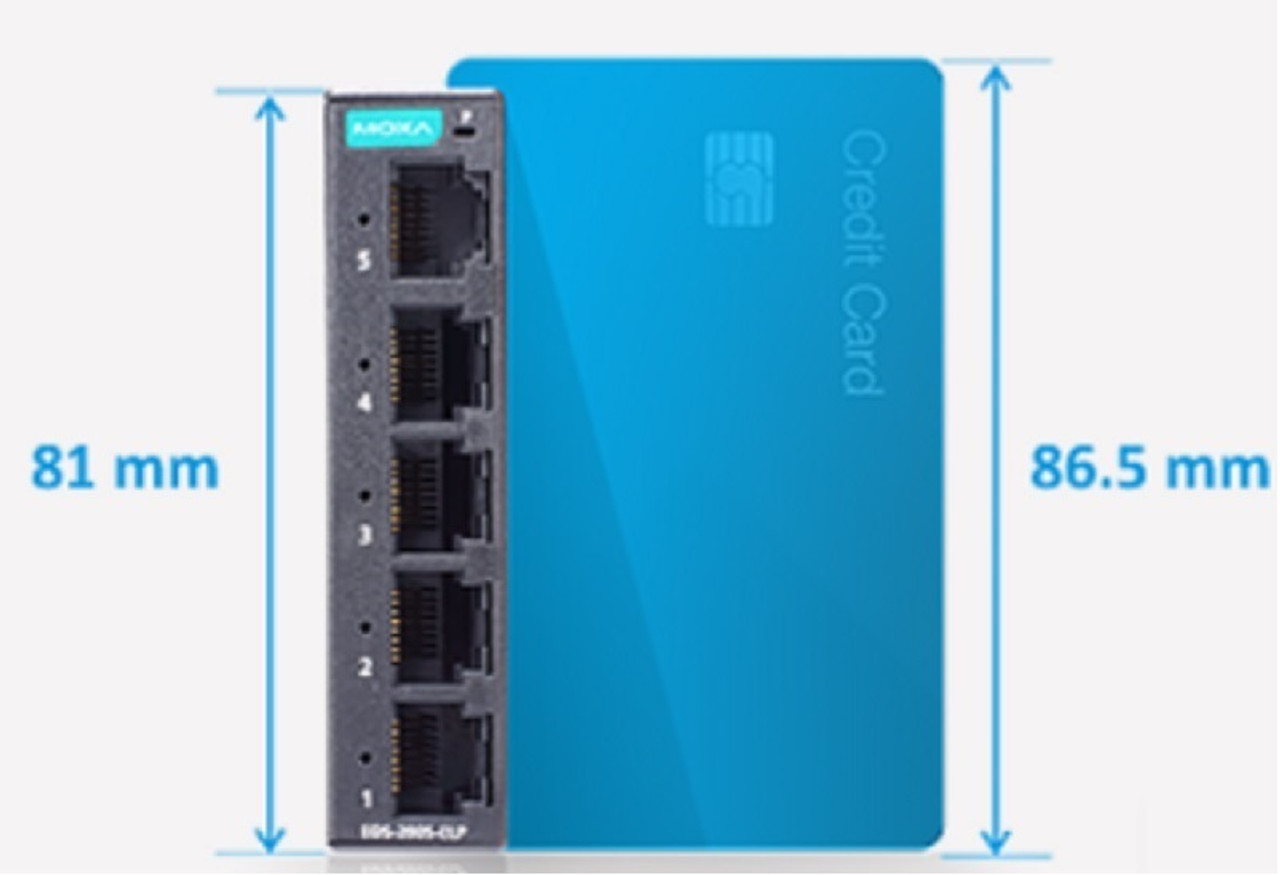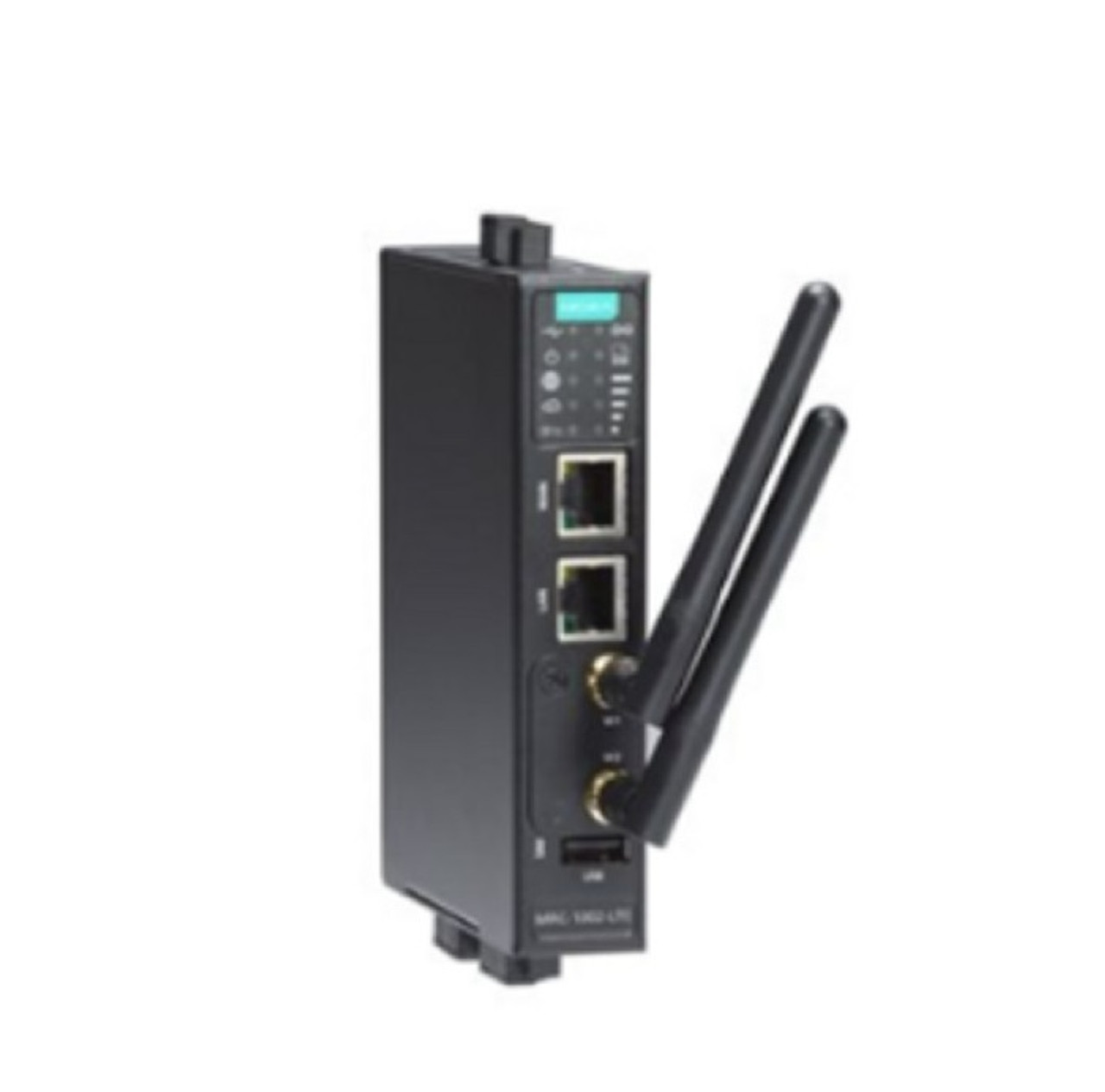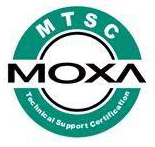Posted by ShopMoxa Expert on Jul 15th 2024
What's the difference between Managed and Unmanaged Industrial Switches?
Industrial switches are essential for robust, efficient networks in industrial settings, ensuring seamless operations. Choosing the right switch, managed or unmanaged, is crucial for meeting specific needs, and impacting network performance and scalability. Read the article to learn more.
Content Outline
- What Are Industrial Switches?
- Managed Industrial Switch: Comprehensive Control Over an Industrial Network
- Unmanaged Industrial Switch: Ideal for Basic Network Setups
- Four Differences between Managed and Unmanaged Industrial Switches
- Choosing the Right Industrial Switch for Your Needs
- Common FAQs
The Difference Between Managed and Unmanaged Industrial Switches
Industrial switches, designed for harsh conditions, are vital for connecting machinery and systems in industrial networks. They come in two main types: managed switches, offering advanced control and customization for complex setups, and unmanaged switches, providing simple plug-and-play functionality for basic networking. This classification paves the way for a closer examination of their roles and benefits in industrial environments.
Managed Industrial Switch: Comprehensive Control Over an Industrial Network
A managed industrial switch is a sophisticated device that allows for comprehensive control over an industrial network. It enables administrators to configure, manage, and monitor network traffic and performance, offering features like VLAN creation, network security protocols, and quality of service (QoS) settings.
Managed Industrial switches are ideal for complex industrial networks that demand high levels of customization, enhanced security, and precise traffic management. The ability to finely tune network performance and protect against unauthorized access makes managed switches essential for operations where network reliability and data integrity are critical. Their advanced features ensure optimal network visibility and control, aligning with the needs of advanced industrial applications.
Unmanaged Industrial Switch: Ideal for Basic Network Setups
An unmanaged industrial switch is a straightforward networking device designed for simplicity and ease of use in industrial settings. It operates on a plug-and-play basis, requiring no configuration or management, making it ideal for basic network setups where minimal oversight is needed.
Unmanaged Industrial switches are valued for their cost-effectiveness and reliability, providing a dependable solution for connecting devices in environments where advanced network features are not necessary. The simplicity of unmanaged industrial switches also means they can be quickly deployed, reducing setup times and costs, and making them suitable for applications needing straightforward, reliable network connectivity.

>> See More: Know More About PoE Switch
Four Differences between Managed and Unmanaged Industrial Switches
1.Control and Management
- Managed: Offers comprehensive control over network settings, including customization, monitoring, and management.
- Unmanaged: Provides no configuration options; operates with default settings for simple connectivity.
2.Flexibility
- Managed: High flexibility with the ability to tailor network behavior to specific requirements.
- Unmanaged: Limited flexibility, best suited for straightforward networking needs.
3.Cost
- Managed: Generally more expensive due to advanced features and capabilities.
- Unmanaged: More affordable, offering basic networking functions without additional costs.
4.Application Scenarios
- Managed: Ideal for complex industrial environments requiring detailed network configuration and security.
- Unmanaged: Suitable for simpler setups where devices just need to be connected with minimal fuss.
Choosing the Right Industrial Switch for Your Needs
Choosing the right industrial switch involves understanding your network's specific needs and how different switches can meet those requirements. Consider the following factors to guide your selection:
- 1. Network Complexity: Assess the size and complexity of your network. Managed switches are better for complex networks requiring detailed control and management.
- 2.Security Needs: Determine the level of security your network requires. Managed switches offer advanced security features necessary for protecting sensitive data and systems.
- 3.Budget Constraints: Balance your budget with your network needs. Unmanaged switches are cost-effective for simple connectivity, while managed switches represent a higher initial investment with more features.
- 4.Future Scalability: Consider your network's growth potential. A managed switch provides more flexibility to adapt and scale with your evolving network demands.
Common FAQs
Why do we use industrial switches?
Industrial switches are used to connect devices and ensure reliable, robust communication in harsh industrial environments, supporting critical operations with enhanced durability.
Which type of switches are the most commonly used industrial switches?
Managed switches are the most commonly used in industrial settings for their ability to configure, manage, and monitor network performance and security.
What are the 4 basic types of switches?
The 4 basic types of switches are: Managed Switches, Unmanaged Switches, Smart Switches (Semi-Managed), and PoE (Power over Ethernet) Switches.









